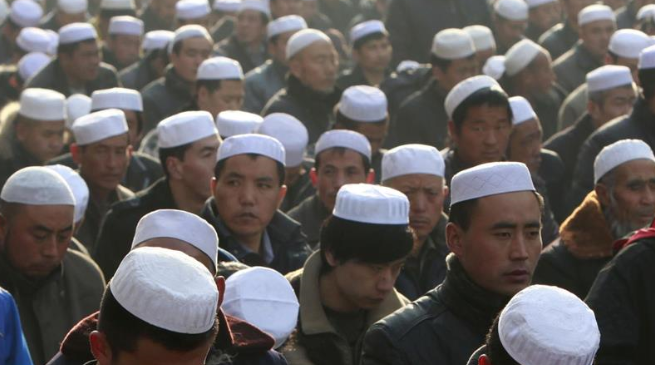Armed conflicts are like living organisms. Some grow and die in the blink of an eye, others ebb and flow like the tides of a river and others survive half buried, but alive, for centuries. In Xinjiang, its been over 300 years … and counting.
This vast region in China’s far northwest is home to an ethnic Uyghur population of Turkic origin that has been waging violent independence campaigns of varying intensity since the commencement of Chinese rule in the 18th century.
And they’re still going at it. This arid land of endless deserts and imposing mountains is home to a largely Muslim insurgency, which claims that most new opportunities from the region’s rapid economic development have gone to the ethnic Han immigrants. Violence is escalating: A 2013 attack in Tiananmen Square killed five people and, last June, 18 people were killed after ethnic Uyghurs attacked police with knives and bombs at a traffic checkpoint.
The Uyghur have their own culture, language and religion (Islam), yet lately they have been subjected to humiliating measures, including bans on beards and veils — something observers say is only fueling the insurgency. “For peace to prevail, we need to stop treating Uyghurs as second-class citizens and routinely denying their human rights,” says Greg Fay, project manager at the Uyghur Human Rights Project. There is no free press in the region, but activists like Fay say it’s a bloody, never-ending cycle: The growing death count increases political repression, and the more Beijing clamps down, the more attacks are carried out. Meanwhile, HRW accuses the central government of limiting the Uyghurs’ rights of mobility, speech (the use of their language is restricted) and assembly.
Yet some believe the central government has no choice but to be implacable. “China must counter Xinjiang’s insurgency because threats from the periphery are multiple and linked: If one area of China secedes, the country could disintegrate,” argues Martin I. Wayne, author of China’s War on Terrorism: Counter-Insurgency, Politics and Internal Security. Indeed, like Tibet or Taiwan, this chunk of territory (twice the size of Texas) is a vital organ to the whole — one rich in oil, gas and mineral resources. (The government of China did not reply to our request for comment.)
Reconciliation seems way out of the picture. Uyghur scholar Ilham Tohti ran a website in Chinese to try to build bridges between Uyghur and Han communities, but last year the government sentenced him to life imprisonment for “separatism.” Instead, President Xi Jinping hopes to win Uyghuri hearts by providing development to the region. But that’s not going so well either. Locals resent that the oil-extraction industry and other large-scale development projects employ mostly Han immigrants — 50 of whom died in a recent attack on a coal mine. So Xinjiang is starting to look less like Tibet and more like China’s Chechnya.
About Authr:
Laura is a foreign correspondent obsessed with borders and everything that crosses them. Born in Barcelona, based in Nairobi, she writes about national identity, migration and trafficking of all kinds. She considers herself a professional eavesdropper. Which is ironic because she is known to speak loudly.
Source: OZY.COM










